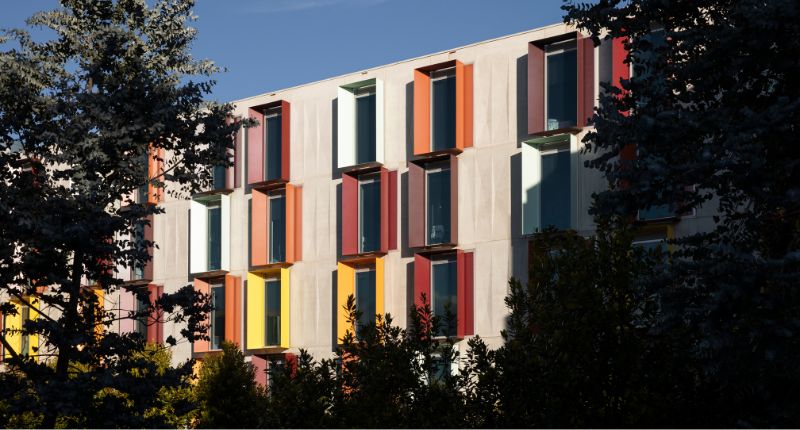
- 8,000 PBSA will be delivered across Australia in 2023-2026.
- CBRE report states that more PBSAs need to be built to address unmet need.
- Student Accommodation Council calls for the government to take an active hand in supporting more PBSAs being constructed.
Eight thousand purpose-built student accommodations (PBSA) are due for delivery across Australia from 2023-2026, according to a new report by CBRE. While this 7% increase in PBSA will be welcome news for Australians, as the country continues to suffer from a housing shortage, CBRE’s head of research, Sameer Chopra, believes that the nation needs more PBSA in the pipeline.
Accommodating an influx of international student arrivals
“As at April 2023, international enrolments were just 6% below the pre-COVID peak. While enrolments do not directly equate to accommodation demand, as students may be enrolled in multiple courses or in some cases studying online, there’s a clear trajectory of demand,” Chopra says.
“Set against this, just 8,000 new PBSA rooms are in the pipeline, which is likely to be inadequate, with new PBSA supply significantly higher in other global cities such as Paris (18,000 rooms) and London (15,000 rooms) over the same time period. Compounding Australia’s supply issue is the fact that vacancy in alternative inner-city apartment stock is forecast to stay sub 2%.”
CBRE director PBSA valuations, Rosie Young, comments that the activity in the PBSA sector has been slow because the Australian market is currently in the ramp-up phase, and stable, operational assets remain tightly held.
The sector with a proven track record
Nevertheless, there is clear investor interest driven by the sector’s robust fundamentals— the CBRE report points to PBSA studios having potential for growth, recording rental rises over the past five years within the high teens.
Young says that PBSA assets are often viewed as a hedge against inflation, as education and housing are usually the last things individuals give up when living costs increase.
“Student accommodation is quite counter-cyclical, so when other property asset classes start to slow, the PBSA sector continues to perform well,” Young says.
“The sentiment is very positive and we’re seeing considerable interest from investors looking to redeploy capital out of the traditional office, retail, and industrial sectors into the living sectors, namely PBSA and build-to-rent (BTR).”
Student Accommodation Council’s response to the CBRE report
The Property Council’s Student Accommodation Council expressed dismay over the measly seven per cent increase in PBSA supply over the next three years, which will not sufficiently address the unmet demand for student accommodation.
Student Accommodation Council acting executive director, Adina Cirson, says that the report confirms their position that insufficient action is being taken to allow more PBSAs to be built across the nation.
“Amidst the widespread housing crisis, there is an acute shortage of dedicated student housing,” Cirson says.
“We need all levels of government to do more to get student accommodation out of the ground and secure a sustainable development pipeline.
“Our research shows that over 76,500 students in Australia are living in some 200 purpose-built student accommodation developments, most of which are full – with a third of beds leased to domestic students.
“That is tens of thousands of students who are not competing with renters in the private market, underscoring the significant role PBSA has to play in easing the crisis.
“The need to increase student housing, for both domestic and international students, has reached a critical stage.
“Governments have been receptive to BTR developments forming part of the housing mix, and it is essential that governments also see PBSA in a similar light.
“PBSA is a unique asset class, and governments need to provide clear planning approval pathways and consider extending the generous land tax and regulatory treatments that have been afforded BTR developments.
Cirson suggests more land releases should be set aside expressly for student housing. She argues that, unlike BTR, PBSA is a scaled, mature sector that can respond rapidly to the unmet demand should the barriers be removed.







